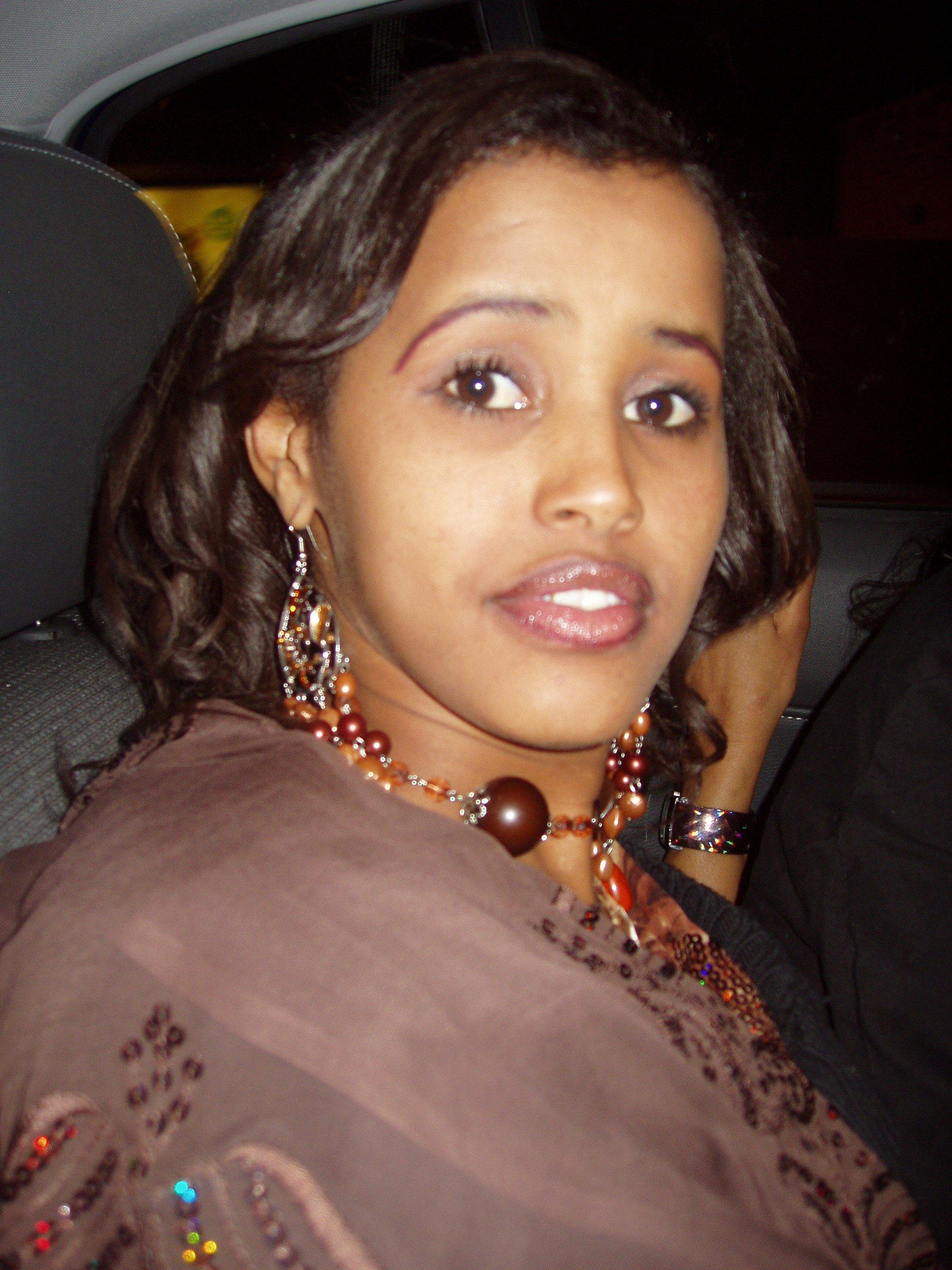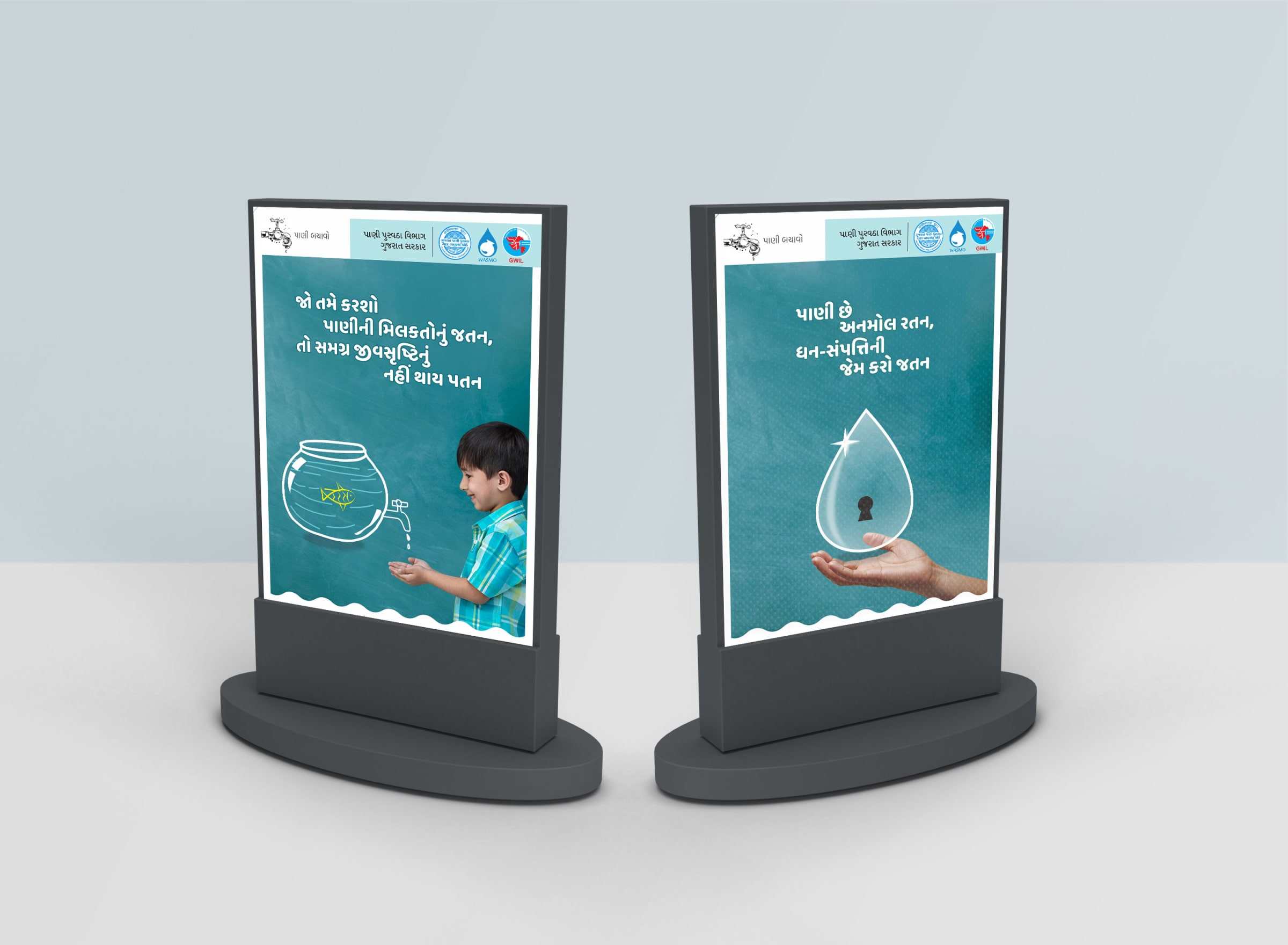Wasmo Soomali: The Ultimate Guide To Somali Traditional Music
Music has always been a powerful way for cultures to express their identity, and Wasmo Soomali stands as one of the most captivating forms of traditional Somali music. If you're diving into the rich world of Somali art and sound, you're about to uncover something truly special. This genre isn't just music—it's a reflection of history, emotions, and the soul of a people. So, let's get started and explore what makes Wasmo Soomali so enchanting.
Imagine sitting in a cozy corner of Mogadishu, surrounded by the soothing rhythms of a crowd celebrating life through song. Wasmo Soomali is more than just melodies; it's a cultural treasure that connects generations. Whether you're a music enthusiast or simply curious about Somali traditions, this article will take you on an unforgettable journey.
We'll be breaking down everything you need to know about Wasmo Soomali, from its origins to its modern-day relevance. Stick around because we've got some fascinating insights, cool facts, and even tips on how you can experience this magical genre yourself. Let's dive in!
Table of Contents
- The History of Wasmo Soomali
- Biography of Key Artists
- Instruments Used in Wasmo Soomali
- Different Styles Within Wasmo Soomali
- Cultural Impact of Wasmo Soomali
- Modern Evolution of Wasmo Soomali
- Wasmo Soomali in Festivals and Events
- Learning About Wasmo Soomali
- Efforts to Preserve Wasmo Soomali
- The Future of Wasmo Soomali
The History of Wasmo Soomali
Let's rewind the clock and explore where it all began. Wasmo Soomali has roots that go way back, tying into the rich tapestry of Somali history. The term "Wasmo" itself is derived from the Somali word "wasi" meaning "to rise" or "to elevate," symbolizing the uplifting nature of the music. This genre emerged as a way for Somalis to express their joys, sorrows, and everything in between.
Origins and Early Beginnings
Back in the day, Wasmo Soomali was performed during gatherings, celebrations, and even as a form of storytelling. Elders would pass down tales through song, keeping the community connected. These early performances laid the foundation for what would eventually become a celebrated art form.
One interesting fact? Wasmo Soomali wasn't always confined to formal settings. It started as something organic, born out of everyday life. People would gather around a fire, strumming simple instruments, and sharing their stories through song.
Biography of Key Artists
Every great genre has its legends, and Wasmo Soomali is no exception. Let's meet some of the trailblazers who shaped this incredible music scene.
| Name | Birth Year | Major Contributions |
|---|---|---|
| Xawa Abdi | 1945 | Pioneer of female vocalists in Wasmo Soomali |
| Maxamed Awale | 1950 | Composer and lyricist behind iconic songs |
| Fadumo Cali | 1960 | Revolutionized the genre with her unique style |
Impactful Contributions
These artists didn't just create music—they transformed the cultural landscape. Xawa Abdi, for instance, broke barriers by becoming one of the first prominent female vocalists in the genre. Her powerful voice and heartfelt lyrics inspired countless others to follow in her footsteps.
Instruments Used in Wasmo Soomali
Now, let's talk about the tools that bring Wasmo Soomali to life. The music wouldn't be the same without these traditional instruments that add depth and character to every performance.
- Ood: A stringed instrument similar to a lute, providing rich, soulful melodies.
- Darbuka: A percussion instrument that adds rhythm and energy to the music.
- Balafon: A wooden xylophone-like instrument that creates vibrant, lively sounds.
Each instrument plays a crucial role in creating the signature sound of Wasmo Soomali. Together, they form a harmonious blend that captures the essence of Somali culture.
Different Styles Within Wasmo Soomali
Not all Wasmo Soomali sounds the same. Over time, the genre has evolved into various styles, each with its own flair and charm.
Classic vs Modern
Classic Wasmo Soomali focuses on traditional instruments and storytelling, while modern versions incorporate contemporary influences. Some artists have even blended Wasmo Soomali with global genres like jazz and hip-hop, creating something entirely new yet still deeply rooted in tradition.
One thing's for sure—whether you prefer the old-school vibe or the fresh remixes, there's something for everyone in the world of Wasmo Soomali.
Cultural Impact of Wasmo Soomali
Music has a way of shaping culture, and Wasmo Soomali is no different. It's more than entertainment; it's a reflection of Somali identity and values. From weddings to community gatherings, this music brings people together and fosters a sense of belonging.
Studies show that traditional music like Wasmo Soomali can strengthen social bonds and preserve cultural heritage. In fact, UNESCO recognizes the importance of preserving such art forms, ensuring they aren't lost to future generations.
Modern Evolution of Wasmo Soomali
Times change, and so does music. Today, Wasmo Soomali is experiencing a renaissance, with young artists infusing it with modern elements. Social media platforms like YouTube and TikTok have played a huge role in promoting this genre globally.
Artists like Fadumo Qalad are leading the charge, blending traditional sounds with electronic beats to create something fresh and exciting. This fusion not only attracts younger audiences but also keeps the spirit of Wasmo Soomali alive.
Wasmo Soomali in Festivals and Events
Wherever there's a celebration, you'll likely find Wasmo Soomali taking center stage. Festivals like the Somali Music Awards and the Hargeisa International Book Fair feature performances that showcase the best of this genre.
These events aren't just about entertainment—they're about celebrating Somali culture and heritage. They provide a platform for artists to share their work with a wider audience and inspire the next generation of musicians.
Learning About Wasmo Soomali
Want to dive deeper into Wasmo Soomali? There are plenty of resources available for those eager to learn more. Online courses, workshops, and even YouTube tutorials offer insights into the techniques and history behind this music.
One cool tip? If you're serious about learning, try connecting with local musicians or joining a community group. Nothing beats hands-on experience when it comes to mastering the art of Wasmo Soomali.
Efforts to Preserve Wasmo Soomali
With globalization comes the risk of losing traditional art forms. That's why preserving Wasmo Soomali is more important than ever. Organizations like the Somali Heritage Academy are working tirelessly to document and safeguard this precious cultural treasure.
Through initiatives like archiving recordings, teaching workshops, and collaborating with artists, these efforts ensure that Wasmo Soomali continues to thrive for generations to come.
The Future of Wasmo Soomali
Looking ahead, the future of Wasmo Soomali looks bright. As more people discover and appreciate this genre, its influence is bound to grow. With technology making it easier to share and access music, the possibilities are endless.
Imagine a world where Wasmo Soomali becomes a global phenomenon, inspiring musicians across the globe. It's not just a dream—it's a reality waiting to happen.
Kesimpulan
So there you have it—the ultimate guide to Wasmo Soomali. From its humble beginnings to its modern evolution, this genre has proven time and again why it deserves a special place in the world of music. Whether you're a fan of traditional sounds or enjoy exploring new fusions, Wasmo Soomali offers something for everyone.
Now it's your turn to take action! Leave a comment below sharing your thoughts on Wasmo Soomali. Have you ever experienced it live? What's your favorite style? And don't forget to check out other articles on our site for more fascinating insights into the world of music.
Thanks for reading, and remember—music connects us all!

Wasmo family

Wasmo Soomali / wasmo somalia macan aboowe siilka wa ley arkaa

Wasmo Trizone India